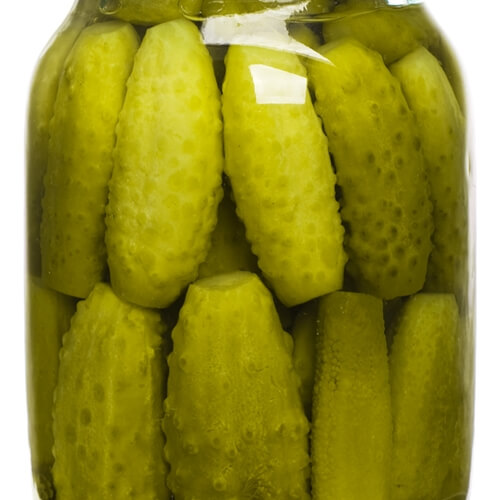A Fast Guide To Pickling

There’s nothing quite like the taste of homemade pickles. They may be perfectly salty with a crisp crunch or offer a sweeter taste instead. Rather than buying a jar of pickles, try making your own! Online culinary school can help you perfect your pickling technique to get it just right.
What is pickling?
Pickling is essentially a process meant to preserve food with acid. The two most common ways of pickling are through fermentation and vinegar. With fermentation, you make grapes into wine, then turn the wine into vinegar – another stage of fermentation. The vinegar will then be used as a base brine for traditional pickling. Vinegar-based pickles are the most common form of pickling.
What’s the process?
Even if you’ve never pickled anything before, beginners can pick up the technique easily. Here are the simple steps to transforming fresh cucumbers into the perfect pickles:
Prepare the vegetables: First, you’ll want to wash and chop your cucumber just like you would any other vegetable. Slice it into whatever shape you want them to be pickled in, whether that’s thin disks or long cuts. Next, you want to divide the vegetables among six pint-size canning jars with lids.
Add seasonings: In order to give your pickles that unique taste you’re after, this is an important step. Try using these traditional flavorings for each pint jar:
1/2 teaspoon Dill seed
1/2 teaspoon mustard seed
1/2 teaspoon pickling spice
1/2 teaspoon turmeric
1/2 teaspoon cumin seed
1/2 teaspoon celery seed
1 bay leaf
1-3 small whole dried chili peppers
1 fresh habanero or jalapeno pepper
1 sprig fresh oregano
1 tablespoon sliced shallot
2-3-inch strips fresh horseradish
2-4 sprigs sliced or whole dill
1/2-1 whole large clove of sliced garlic
Make the brine: For the heart and soul of your pickles, you need to make either a sweet or sour brine. Once you’ve made your brine recipe, fill the canning jars with it, submerging the vegetables in it completely. Place lids on the jars and refrigerate for at least 24 hours before serving. Pickles will keep in the refrigerator for up to one month.
Pickling tips
Choose cucumbers wisely: Make sure to use fresh pickling cucumbers, not the salad variety. It’s also important to stay away from waxed cucumbers, as this coating stops the pickling liquid from penetrating the fruit itself. The same goes for salt. You should always opt for pickling salt, not table salt. Table salt contains iodine, a chemical that can darken pickles.
Use fresh spices: Always choose fresh spices and avoid any that have been stored in your pantry for more than a year.


